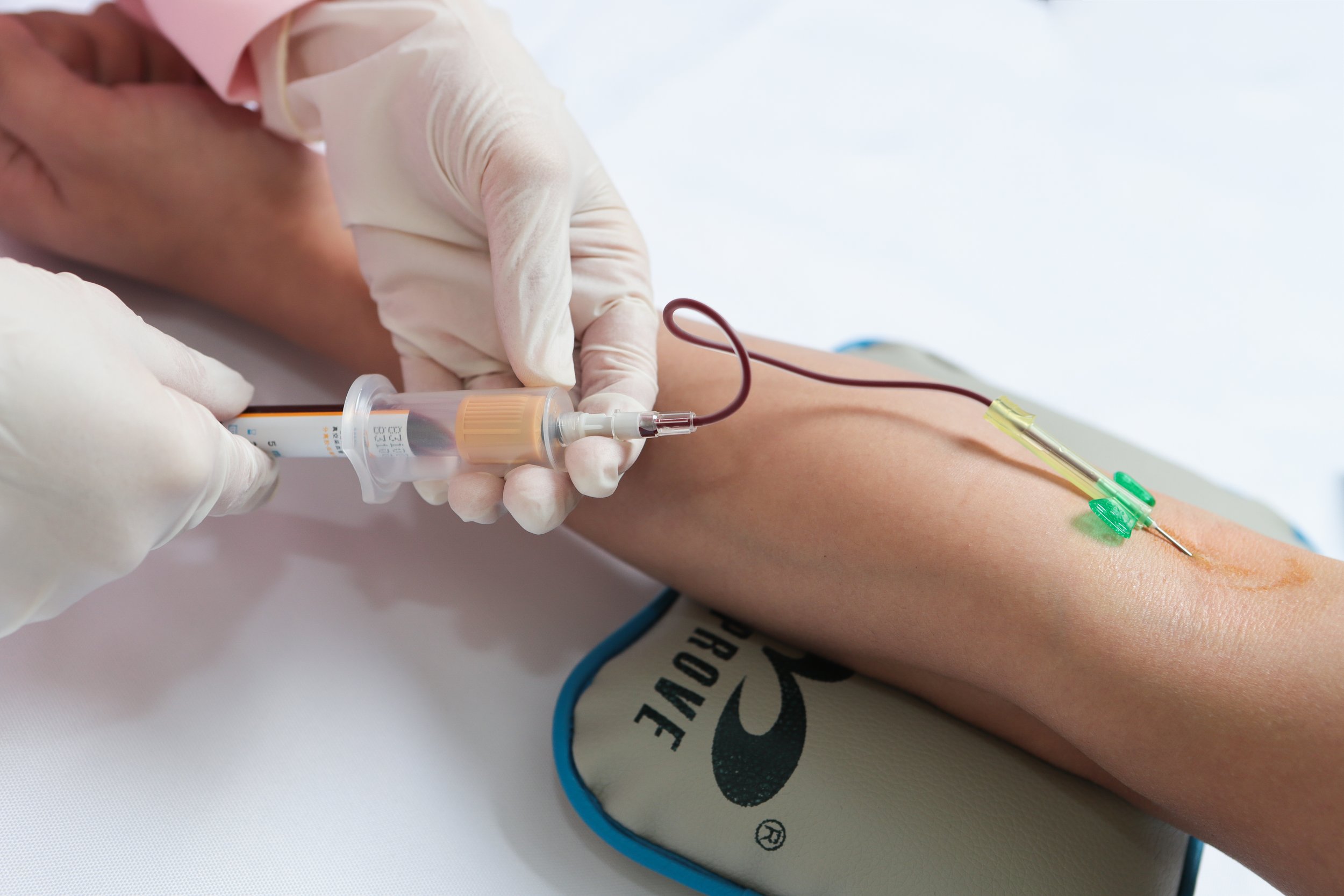The Impact of AI on Phlebotomy Procedures in Medical Labs
Summary
- AI systems have the potential to greatly improve accuracy in phlebotomy procedures in medical labs in the United States.
- These systems can help reduce human error and increase efficiency in sample collection and processing.
- However, there are also concerns about the impact of AI on job displacement and the need for ongoing training and education for healthcare professionals.
The Role of AI in Phlebotomy Procedures
Artificial Intelligence (AI) has been making significant strides in various industries, and the healthcare sector is no exception. In medical labs across the United States, AI systems are being implemented to streamline processes and improve accuracy in phlebotomy procedures.
Automated Sample Collection
One of the primary ways AI is transforming phlebotomy procedures is through automated sample collection. AI-powered robots can now collect blood samples from patients with precision and efficiency, reducing the risk of human error in the process. These robots are equipped with advanced sensors and algorithms that allow them to locate veins and draw blood quickly and painlessly.
Improved Data Analysis
In addition to sample collection, AI systems are also being used to analyze the vast amounts of data generated in medical labs. These systems can quickly identify patterns and anomalies in Test Results, helping healthcare professionals make more accurate diagnoses and treatment decisions. This level of data analysis would be nearly impossible to achieve manually, making AI a valuable tool in improving patient outcomes.
Benefits of AI in Phlebotomy Procedures
- Increased Accuracy: AI systems can greatly reduce the risk of human error in sample collection and processing, leading to more reliable Test Results.
- Improved Efficiency: By automating certain aspects of phlebotomy procedures, AI can help medical labs operate more efficiently and handle a higher volume of samples.
- Enhanced Patient Experience: AI-powered robots are able to collect blood samples with minimal discomfort for patients, resulting in a more positive overall experience.
Challenges and Concerns
While the potential benefits of AI in phlebotomy procedures are clear, there are also several challenges and concerns that need to be addressed.
Job Displacement
One of the primary concerns surrounding the implementation of AI in medical labs is the potential for job displacement. As AI systems take on more tasks traditionally performed by humans, there is a risk that phlebotomists and other healthcare professionals could see a decrease in job opportunities.
Training and Education
Another challenge is the need for ongoing training and education for healthcare professionals to effectively utilize AI systems. As technology continues to advance, it is essential that phlebotomists and other medical lab staff receive the necessary training to stay up-to-date on the latest developments and best practices.
Data Privacy and Security
There are also concerns about data privacy and security when implementing AI systems in medical labs. As these systems collect and analyze sensitive patient information, it is crucial that proper protocols are in place to protect patient data from breaches and unauthorized access.
Conclusion
AI systems have the potential to greatly improve accuracy in phlebotomy procedures in medical labs in the United States. By automating sample collection, improving data analysis, and enhancing efficiency, AI can help healthcare professionals provide better care for their patients. However, it is important to address the challenges and concerns surrounding the implementation of AI, such as job displacement, training and education, and data privacy and security. With proper planning and oversight, AI has the power to revolutionize phlebotomy procedures and lead to better outcomes for patients.

Disclaimer: The content provided on this blog is for informational purposes only, reflecting the personal opinions and insights of the author(s) on the topics. The information provided should not be used for diagnosing or treating a health problem or disease, and those seeking personal medical advice should consult with a licensed physician. Always seek the advice of your doctor or other qualified health provider regarding a medical condition. Never disregard professional medical advice or delay in seeking it because of something you have read on this website. If you think you may have a medical emergency, call 911 or go to the nearest emergency room immediately. No physician-patient relationship is created by this web site or its use. No contributors to this web site make any representations, express or implied, with respect to the information provided herein or to its use. While we strive to share accurate and up-to-date information, we cannot guarantee the completeness, reliability, or accuracy of the content. The blog may also include links to external websites and resources for the convenience of our readers. Please note that linking to other sites does not imply endorsement of their content, practices, or services by us. Readers should use their discretion and judgment while exploring any external links and resources mentioned on this blog.
